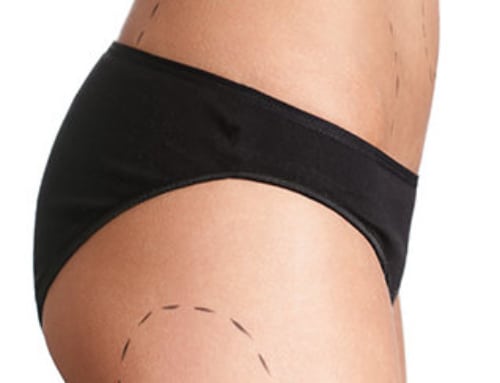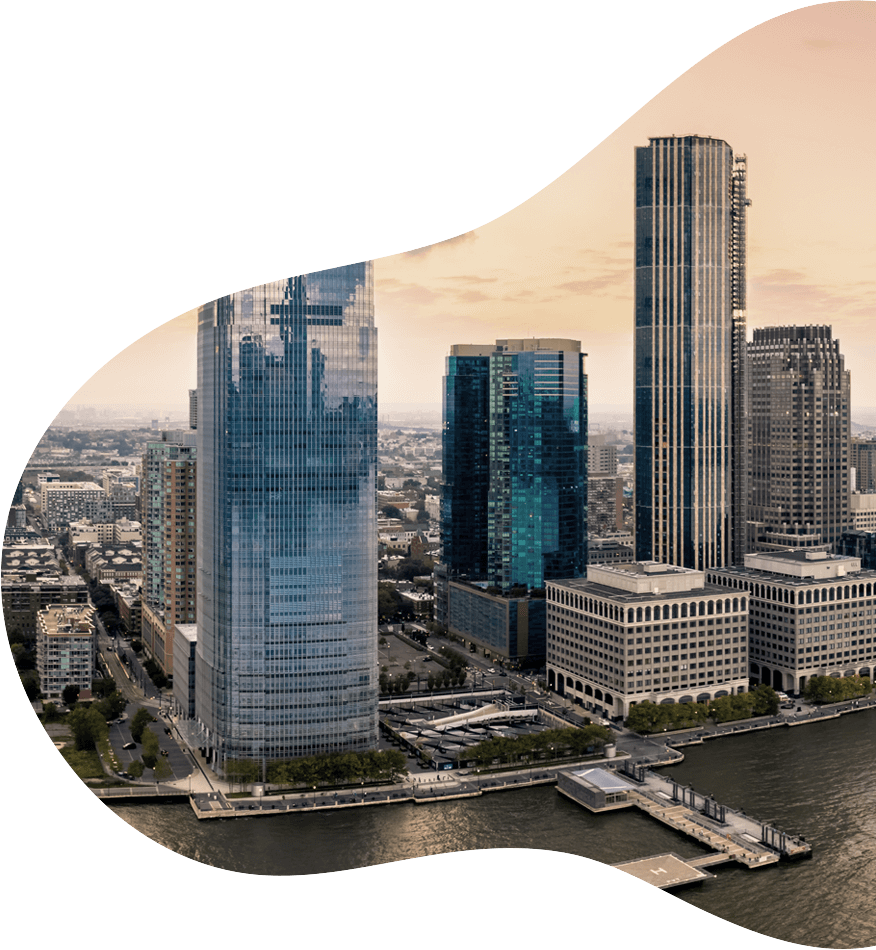
Body Procedures
A post-bariatric body lift is performed to improve the body contour after a significant amount of weight has been lost. Extensive weight loss may result in sagging skin and tissue that can interfere with the overall results of weight loss. By tightening and removing excess skin, fat and tissue, patients can enjoy smoother body contours and a more attractive appearance that shows off weight loss efforts to the fullest.
A post-bariatric body lift may consist of a combination of procedures that affect the various areas of the body most affected by major weight loss. These areas might include the buttocks, hips, thighs, breasts, upper arms, abdomen, and back. Because treatment may involve a number of procedures, it can be customized to a patient’s unique needs and desired outcome.
Reasons for Considering a Post-Bariatric Body Lift
- Sagging skin on the thighs, buttocks, and hips
- Isolated pockets of fat that have not responded to weight loss efforts
- Skin irritation due to loose skin rubbing together
General Procedure
The specific procedure performed will depend on the body type, areas to be addressed and the patient’s desired outcome. A lower body lift, which involves removing excess fat and skin from the midsection, hips, thighs and buttocks, is often the first choice in improving body contour. An upper body lift tightens and tones the upper arms, back and breasts. A breast lift might include breast implants or moving the areola for a more natural look.Post-bariatric body lifts may be performed in a series of procedures, allowing healing time between each surgery session. Incisions are kept as small as possible, with placement chosen based on where scars may be least visible. For example, incisions for lower body lifts may be placed in the groin area or below the bikini line, while incisions for breast lifts may be placed in the crease underneath the breasts.
Recovery Process
Bandages will be placed on incisions immediately after the procedure, and to promote healing after surgery. Tubes may also be used to drain excess fluids from treatment sites. Patients are advised to limit movement and get plenty of rest in the days after the procedure to minimize recovery time, which varies from patient to patient. Minor pain can usually be managed with medication and compression garments may be used to reduce swelling. Patients that carefully follow post-operative instructions tend to have the best recovery and results.

